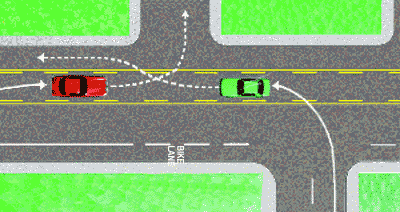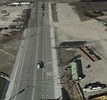linux-works
Active Member
note, I HATE the mechanical liability of PTZ mechanism, but it has to be solved, solved for car temps and vibration (and lots of abuse), but you know, this is a solved problem, mostly. outdoor ptz cameras can be bought and designed to be ruggedized. its some work but not rocket science 
you also need a good suspension or good software to do the stabilization.
this adds cost.
elon hates cost.
but cost is a necessary thing when 5 nines come into play (life and death).
its always helpful to keep the end goal in mind: human beings trusting their lives to the hw/sw. in that aspect, cost is 100% irrelevant to me.
you also need a good suspension or good software to do the stabilization.
this adds cost.
elon hates cost.
but cost is a necessary thing when 5 nines come into play (life and death).
its always helpful to keep the end goal in mind: human beings trusting their lives to the hw/sw. in that aspect, cost is 100% irrelevant to me.







